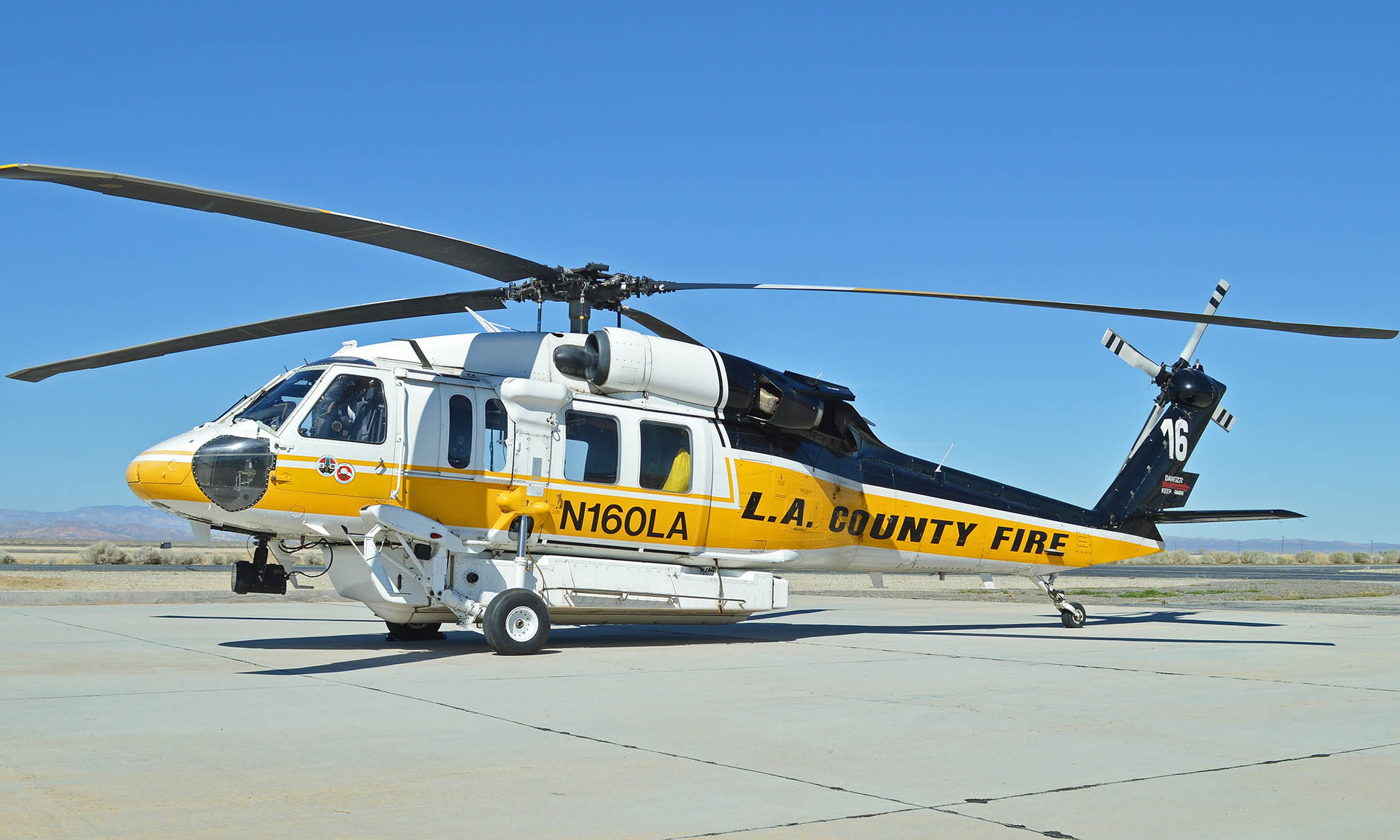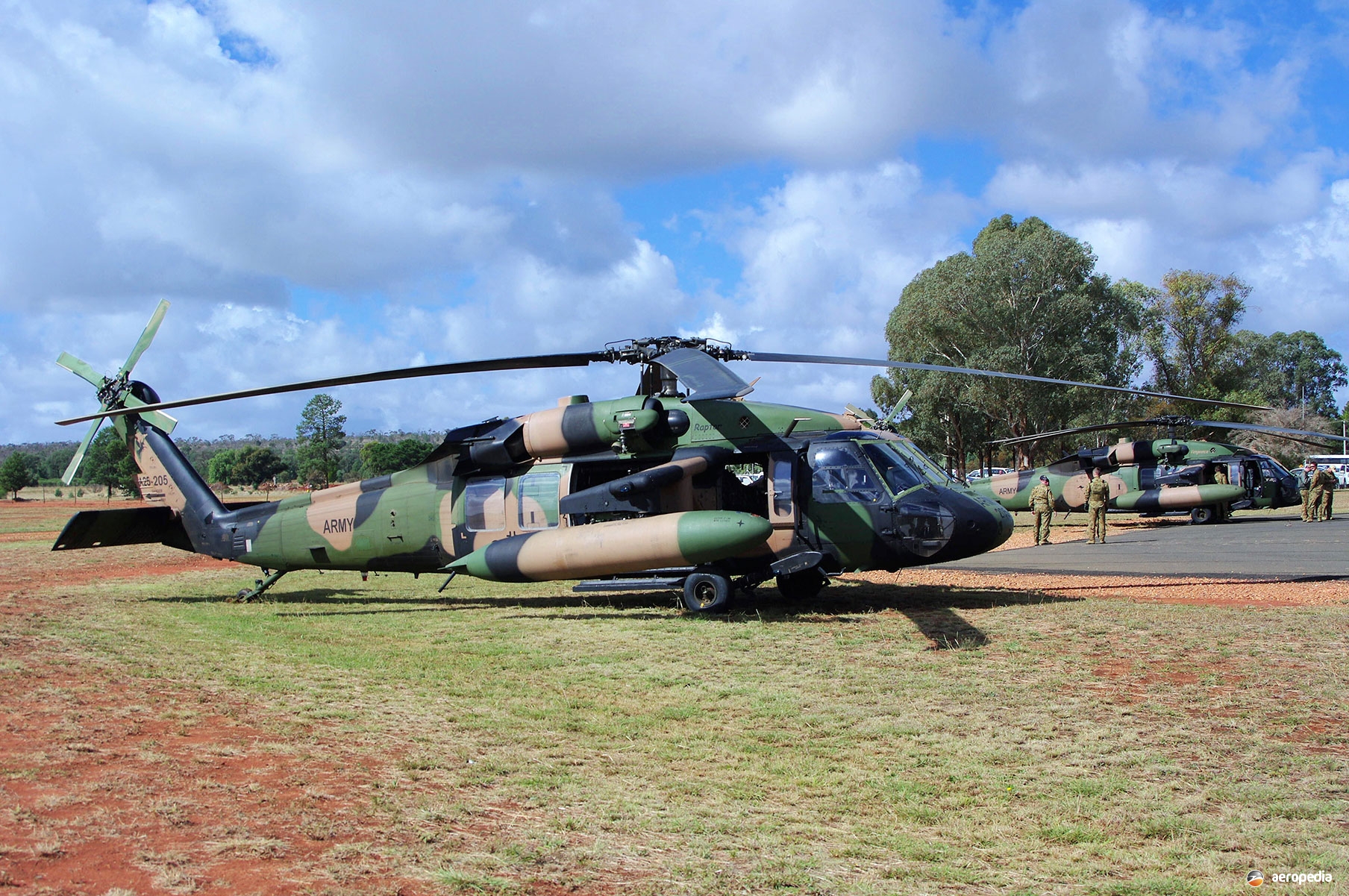Why the Sikorsky S 70 is the Preferred Selection for Modern Helicopter Missions
Why the Sikorsky S 70 is the Preferred Selection for Modern Helicopter Missions
Blog Article
High-Performance Multi-Role Rotorcraft Featuring Advanced Cabin Technologies and Integrated Sensor Solutions
The realm of rotorcraft technology has actually seen noteworthy improvements in recent times, especially in the world of high-performance multi-role rotorcraft outfitted with advanced cockpit innovations and effortlessly incorporated sensor systems. These advancements have not only increased the functional abilities of rotorcraft but have additionally significantly influenced modern-day air travel operations on various fronts. From boosted goal flexibility to improved functional performance, the convergence of advanced cabin modern technologies and integrated sensor systems has actually ushered in a new period of opportunities for rotorcraft applications. In the complying with conversation, we will certainly discover the advancement of rotorcraft technology, look into the world of sophisticated cockpit technologies, and check out the ramifications of integrated sensing unit systems on the operational convenience and effectiveness of modern-day rotorcraft.
Advancement of Rotorcraft Technology
The development of rotorcraft modern technology has been marked by considerable innovations in aerodynamics, materials, and propulsion systems, shaping the capacities and efficiency of modern rotorcraft. Aerodynamic enhancements have actually boosted the efficiency and maneuverability of rotorcraft, permitting for increased rate, agility, and security throughout flight (sikorsky s 70). Developments in materials, such as making use of composite materials and advanced alloys, have caused lighter yet more powerful rotorcraft structures, enhancing total efficiency and durability. Additionally, developments in propulsion systems, including much more powerful engines and ingenious propulsion innovations, have allowed rotorcraft to accomplish higher altitudes, faster speeds, and better hauls.
These improvements have not only changed the capacities of rotorcraft however have additionally expanded their applications throughout numerous markets, including army, commercial, and emergency situation solutions. The constant development of rotorcraft technology remains to drive advancement in the field, pressing the boundaries of what is feasible and forming the future of vertical flight.
Advanced Cockpit Innovations
Structure upon the fundamental developments in aerodynamics, products, and propulsion systems, the realm of rotorcraft modern technology now shifts emphasis towards introducing Advanced Cockpit Innovations. The assimilation of sophisticated innovations within the cockpit atmosphere plays an important duty in improving the functional abilities, safety and security, and efficiency of modern-day rotorcraft. sikorsky s 70. Advanced Cockpit Innovations include a vast range of features created to provide pilots with improved situational awareness, streamlined information management, and user-friendly control user interfaces
One of the essential innovations in cockpit style is the execution of glass cabins, which replace conventional analog determines with high-resolution displays. These digital systems supply customizable layouts, real-time data combination, and boosted readability, enabling pilots to gain access to crucial information at a glimpse. In addition, advanced avionics systems, such as fly-by-wire controls and enhanced truth screens, are changing how pilots communicate with the aircraft, enabling exact control and boosted decision-making capacities.


Including innovative cockpit innovations not just improves pilot efficiency however also adds to general mission efficiency and safety in intricate operational environments. By leveraging modern innovations within the cabin, rotorcraft suppliers are setting brand-new requirements for operational excellence and mission success.
Integrated Sensor Systems
With the development of rotorcraft technology, the combination of advanced Integrated Sensor Systems has actually become critical in boosting functional effectiveness and safety and security. These Integrated Sensing unit Systems incorporate a wide variety of technologies that supply crucial information for various functions such as navigating, surveillance, targeting, and environmental surveillance. By seamlessly integrating sensing units like radars, cameras, lidar, and infrared systems into rotorcraft, drivers can profit from improved situational awareness, improved goal capabilities, and decreased pilot work.
One key advantage of Integrated Sensor Equipments is their capacity to gather real-time data and offer workable understandings to pilots and mission operators. Advanced radar systems can spot and track targets over long distances, enabling for early danger discovery and efficient action preparation. In addition, incorporating infrared and electro-optical cameras enables rotorcraft to conduct reconnaissance and surveillance missions with precision and precision.
In significance, the assimilation of innovative sensing unit innovations into rotorcraft not only boosts operational effectiveness however additionally adds dramatically to total objective look these up success and team security. As rotorcraft continue to evolve, the role of Integrated Sensing unit Equipment will most certainly continue click for more info to be at the leading edge of development in the aerospace industry.
Functional Adaptability and Effectiveness
Enhancing operational convenience and performance in rotorcraft is a natural progression from the assimilation of sophisticated Integrated Sensor Equipments. By leveraging the understandings and data provided by these sophisticated sensor systems, rotorcraft can optimize their efficiency across different missions and environments.
Functional flexibility incorporates the capability of rotorcraft to adapt to various roles and circumstances efficiently. With innovative cockpit modern technologies and integrated sensing unit systems, rotorcraft can effortlessly transition between jobs such as search and rescue, medical discharge, monitoring, and much more. This convenience improves the rotorcraft's ability to satisfy varied operational requirements without calling for considerable reconfiguration.
Efficiency in rotorcraft procedures is crucial for making best use of objective performance and resource use. Integrated sensing unit systems play a pivotal function in boosting operational effectiveness by offering real-time information on climate condition, surface mapping, target monitoring, and much more. This information makes it possible for pilots to make informed decisions promptly, enhance trip courses, preserve fuel, and enhance general objective performance.
Effect On Modern Air Travel Workflow

Furthermore, the assimilation of advanced sensors helps with improved mission planning and implementation, allowing rotorcraft to carry out a vast array of jobs with enhanced precision. From search and rescue procedures to aerial firefighting and police missions, the capabilities of modern rotorcraft furnished with innovative cockpit technologies and integrated sensor systems are unparalleled.
Furthermore, the effect of these advancements extends beyond functional effectiveness to cost-effectiveness and sustainability. By optimizing flight paths, gas intake, and maintenance schedules, high-performance rotorcraft outfitted with sophisticated cabin technologies and sensors add to lowering operational expenses and environmental influence, making them crucial assets in contemporary aeronautics procedures.
Conclusion
Finally, the high-performance multi-role rotorcraft with innovative cabin modern technologies and incorporated sensor systems represents a considerable evolution in aeronautics modern technology. These technologies improve operational convenience and performance, eventually influencing modern-day aeronautics procedures in a positive means. The combination of these advanced technologies permits enhanced capabilities and performance in different objective situations, showcasing the continued advancement of rotorcraft modern technology in the aviation sector.
The realm of rotorcraft modern technology has seen notable developments in recent times, particularly in the world of high-performance multi-role rotorcraft outfitted with innovative cockpit modern technologies and seamlessly integrated sensor systems. From improved objective adaptability to enhanced operational effectiveness, the merging of innovative cockpit modern technologies and incorporated sensing unit systems has actually ushered in a brand-new era of possibilities for rotorcraft applications. In the adhering to discussion, we will explore the evolution of rotorcraft technology, dive right into the world of advanced cockpit developments, and check out the effects of integrated sensing unit systems on the operational adaptability and performance of contemporary rotorcraft.

Report this page